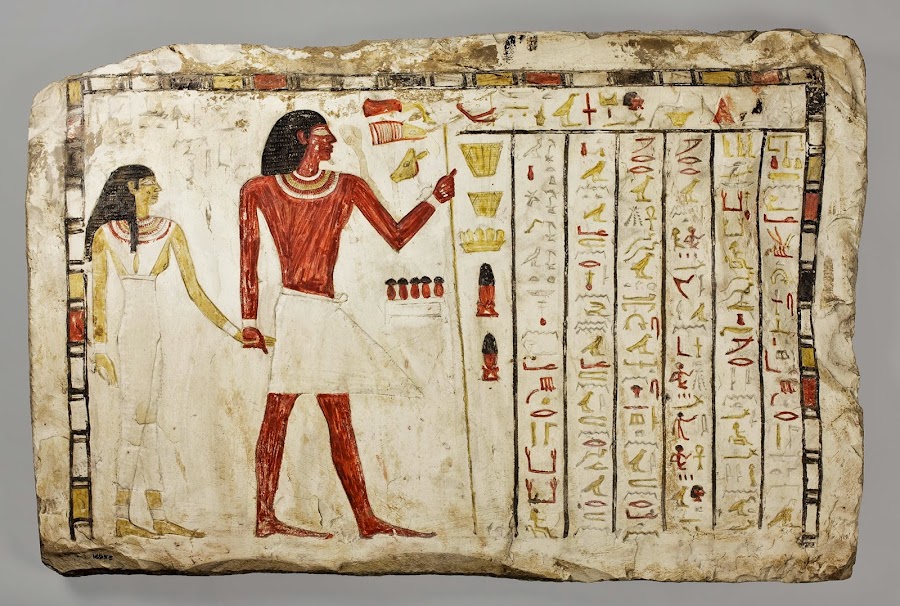ShowBusinessMan [Search results for modern]
The horse: from Arabia to Royal Ascot at The British Museum

Ancient games: an Olympic factfile

National Geographic Rubik's Cube As A Cool Storytelling Device — The 80's Print and TV Ad Campaign

Modern Retro Inspired Print Ads "Fly Virgin Trains"

Business cards for your business

Beyond El Dorado: Power and gold in ancient Colombia

Isn't it bromantic? — or Romeo, Romeo, where art thou Romeo?

Breast Cancer Care gets Thunderbirds' FAB1 on the Road for New Campaign

Levis Ballet Commercial Stretch Jeans (Full Version)

My New Style: Shabby Apple's Glacier Dress

The Art Of Raw — G-Star Denim Campaign

New Limited Edition Heineken Star Bottles

Exhibition at Oriental Institute shows how ancient cultures commemorated the dead

Kevin Spacey for American Airlines "The Individual " Ad Campaign

Champs Sports: Game Loves an Audience Ad Campaign

New House of Costello Advert "Marquis De Castello"

You Do Clients, We Do Clothes!

The Great Depression: 1929-1933

Chivas Regal "Here's to Real Friends" — Extended Trailer

Carling British Cider: Apple Bobbing Advert
